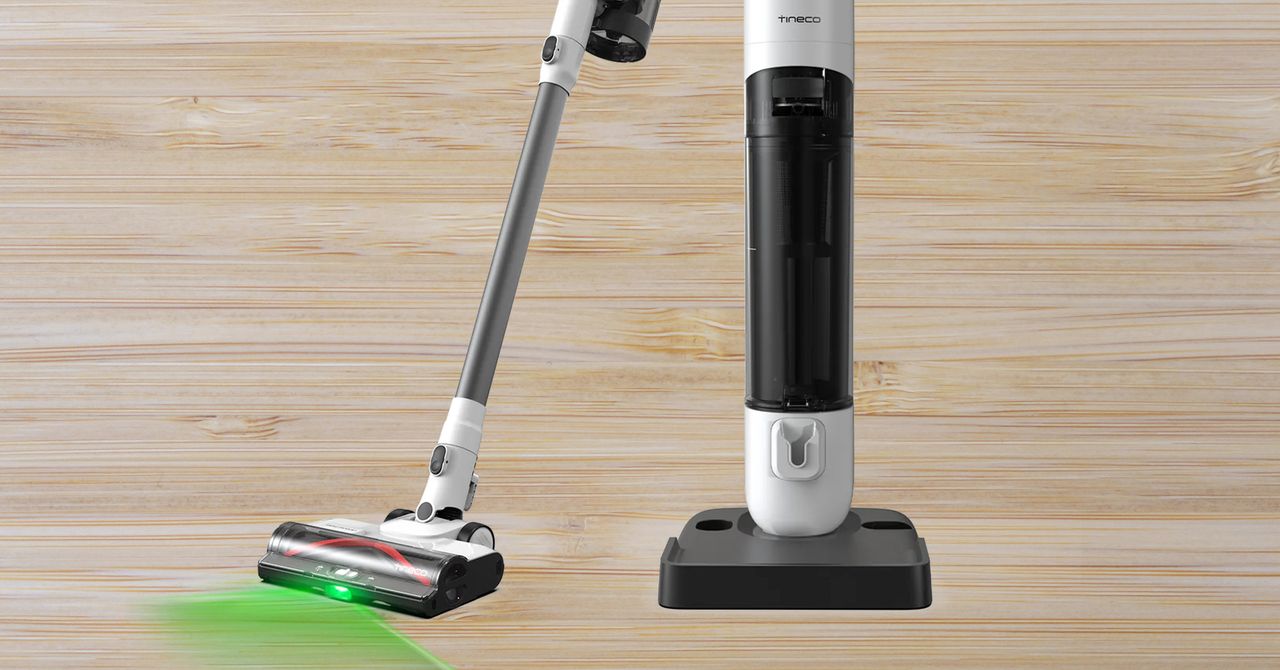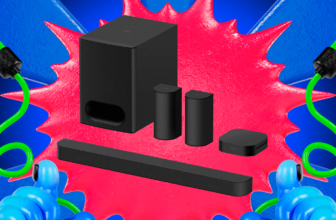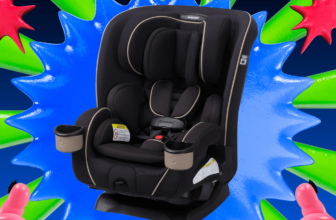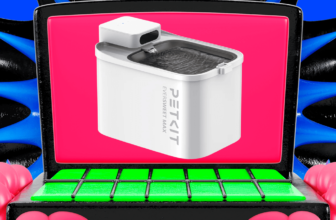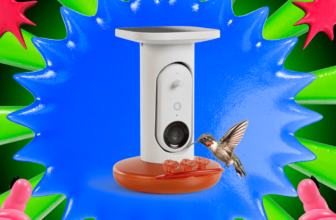

When I test a mechanical keyboard with “Pro” in the name, I expect it to be the best of the best, with no compromises over its non-Pro variant. Razer has this figured out: The BlackWidow V4 Pro is better than the original V4 in every way, and it proves that a gaming keyboard doesn’t need to employ Hall effect switches to be good.
Conversely, Corsair demonstrated that Hall effect switches don’t automatically make a keyboard better, especially when there are trade-offs to get them. The Corsair K70 keyboard has three flavors: Core ($100), Core Wireless ($150), and Pro TKL ($180). The Pro has an advantage over the Core because it has some Hall effect switches but skips wireless connectivity. It sports an 8,000-Hz polling rate, extensive RGB, and a magnetized wrist rest. It also has a few sacrifices that make it lackluster compared to the other K70 models and its peers.
A Tale of Two Switches
Photograph: Henri Robbins
Corsair’s product page for the K70 Pro TKL says the keyboard uses “Corsair MGX V2 switches,” with no mention of standard mechanical switches in the Tech Specs section or elsewhere. In the exploded view of the keyboard, some of the switches have pink stems instead of blue and are listed as “MLX Plasma switches.”
Every key not part of the main cluster, like the function row, Escape key, arrow keys, and other navigation keys, are mechanical switches. Even on the packaging for the keyboard, this is only presented in small print on the top of the box, with the rest only mentioning the MGX Hyperdrive switches. Intentional or not, this is frustrating. When I buy a keyboard, I expect all the keys to have the same type of switches. If that’s not the case, the company should be clearer than this.
Thankfully, the keyboard doesn’t feel bad to type on. The MGX V2 Hyperdrive switches are crisp and responsive without any softness at the bottom of the keypress. There is almost zero scratchiness when typing or even when pressing a switch down slowly, a feat possible thanks to the contact-free design of a magnetic Hall effect switch. (Read more about the tech here.) This is likely further improved by the double-rail design inside the switches, introduced with the Keychron Q1 HE and used in multiple keyboards since.
Photograph: Henri Robbins
The Hyperdrive switches share the same design as Wooting’s Lekker switches, which means the two can be swapped between keyboards. However, both are made using an earlier design of Hall effect switches and are not interchangeable with the newer Hall effect switches used by Keychron (an issue I discussed when reviewing the Q1 HE last year).
The MLX mechanical switches are enjoyable to use, although they feel heavier than the Hall effect switches. They have a deeper, full tone and a slight scratchiness that can be felt even when typing normally. It feels similar to the “good” scratch of something like a Cherry MX Black. The MLX switches feel slightly slower to bounce back after a keypress.
I felt continually thrown off by the mixing of the MGX Hall effect and MLX mechanical switches, since the two felt noticeably different. This is not to say that the MLX switches are bad; I enjoy typing on the standard K70 Core that only has mechanical switches. The issue is how the two blend. It was distracting whenever I had to use both switches back-to-back.
Half High-Speed
Photograph: Henri Robbins
The K70 Pro TKL performs well for gaming. It has incredibly precise and responsive inputs, and more than that, the MGX switches’ weight and rebound speed are tuned for responsiveness without being so light as to cause any accidental mis-inputs.

